As a traveler from across the oceans, I've wandered through many ancient towns in China, but none have left me as captivated as Chikan Ancient Town in Kaiping. This hidden gem, with its 370 years of history, offered me a unique window into the lives of overseas Chinese and the beautiful fusion of Eastern and Western cultures.
First Impressions
Stepping into Chikan felt like stepping onto a movie set. The moment I arrived at the entrance, I was greeted by rows of qilou buildings (arcade houses) that stretched as far as the eye could see. These magnificent structures, with their Baroque-style facades and traditional Chinese roof tiles, immediately told me that this was no ordinary town.
The morning light cast beautiful shadows across the 雕花 balconies and Roman columns, creating a surreal atmosphere. I later learned that these 600-plus qilou buildings are the largest, most continuous, and best-preserved collection of overseas Chinese architecture in China.
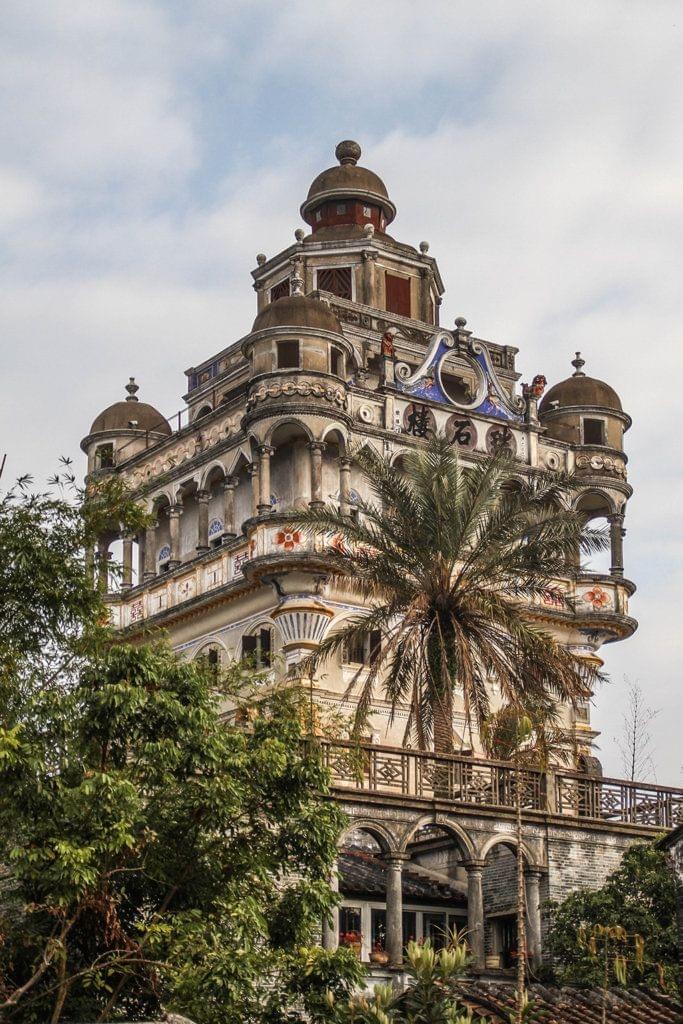
A Walk Through History
I started my exploration with a ride on the vintage tram, affectionately called the "dangdang che" because of the bell sound it makes. As the tram 穿梭 through the streets, our guide explained the history of Chikan. The town was established in the 17th century by two prominent families – the Situ and Guan clans. What fascinated me most was learning how generations of overseas Chinese had returned from places like America, Canada, and Europe, bringing back architectural ideas and techniques that they skillfully blended with traditional 岭南 styles.
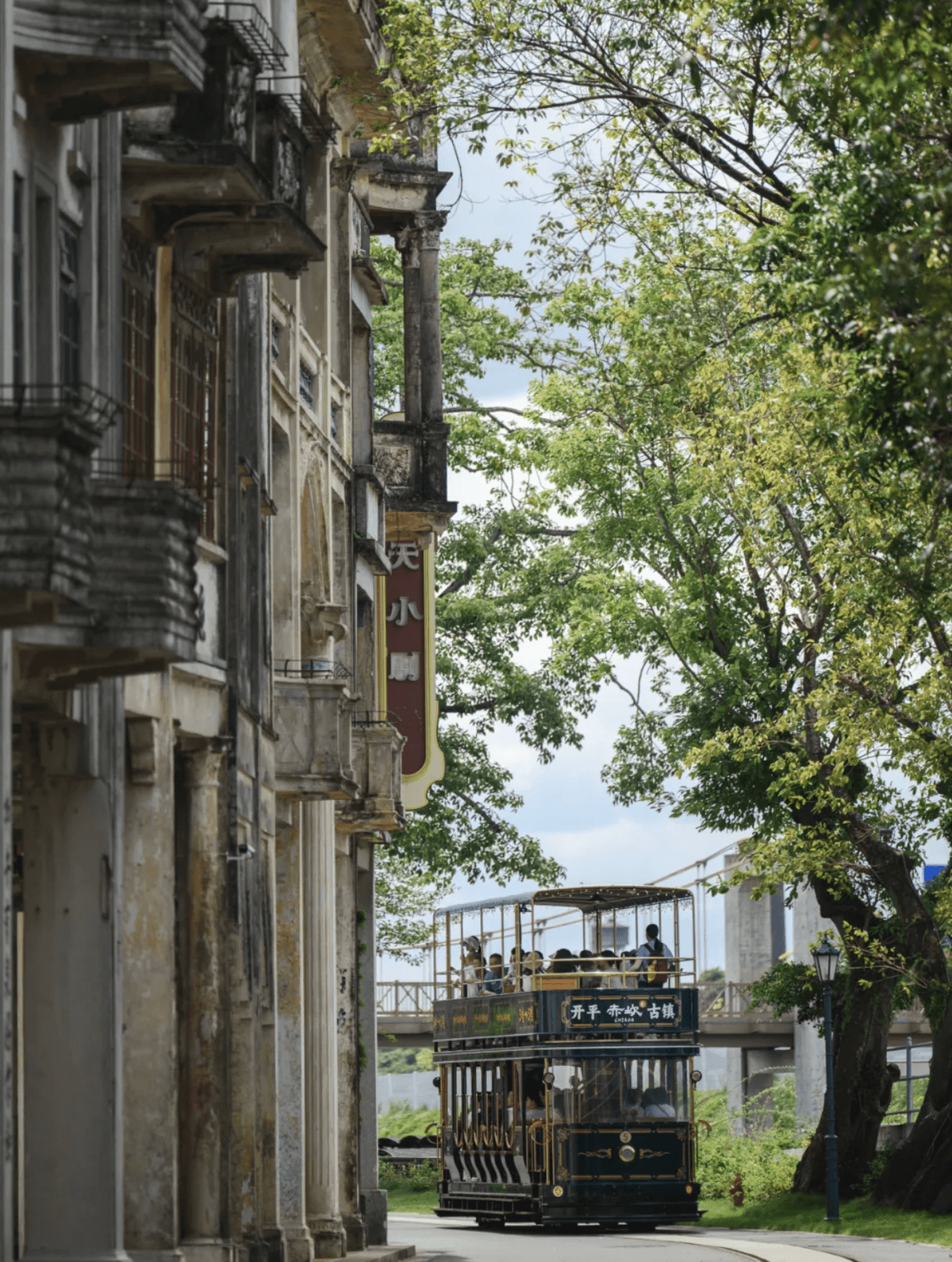
Walking along Dixi Road, known as the "European-style Street," I marveled at the intricate details of each building. No two qilou looked exactly alike – some featured Gothic arches, others had Renaissance-style decorations, and all had that unique Chinese touch that made them so special. The contrast between the foreign architectural elements and the familiar Chinese characters on the shop signs was truly striking.
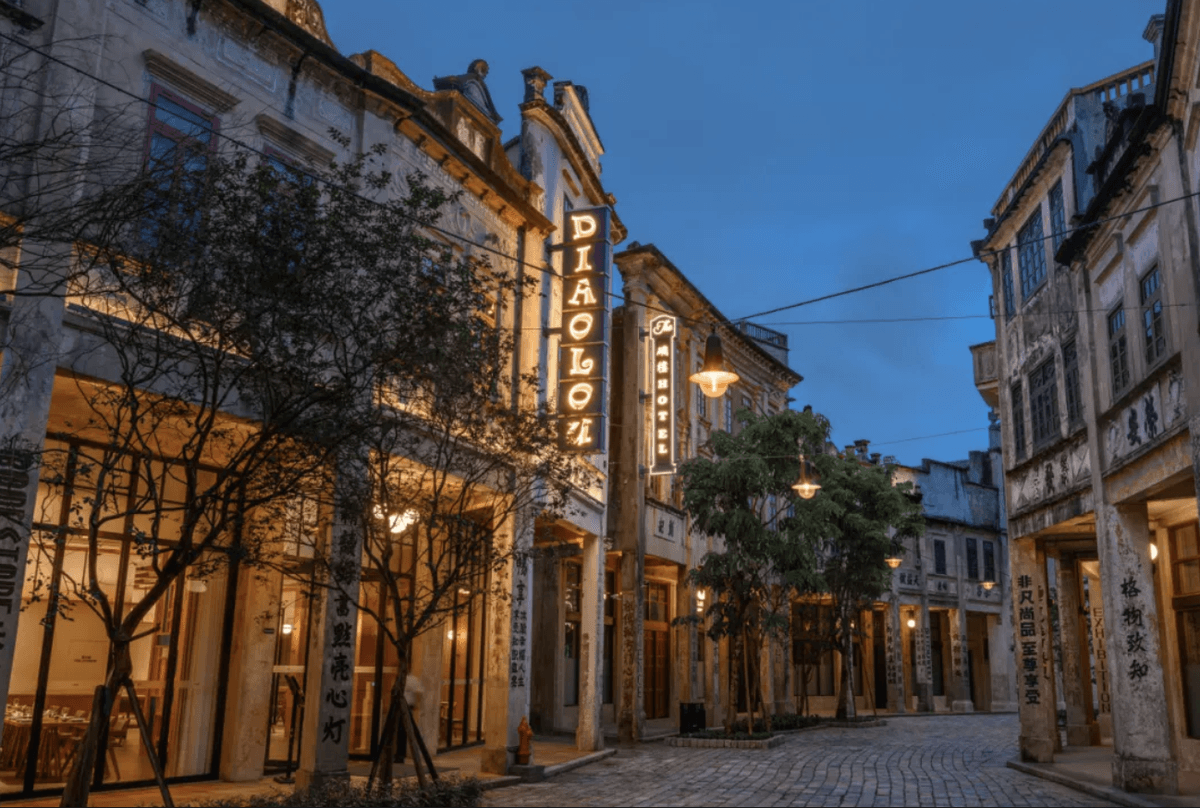
Cultural Immersion
One of the highlights of my visit was the opportunity to experience the local culture firsthand. I visited the Situ Family Library and Guan Family Library, two beautiful 欧式 buildings constructed in the 1920s and 1930s. These libraries not only served as centers of learning but also as symbols of the overseas Chinese's commitment to education and culture.
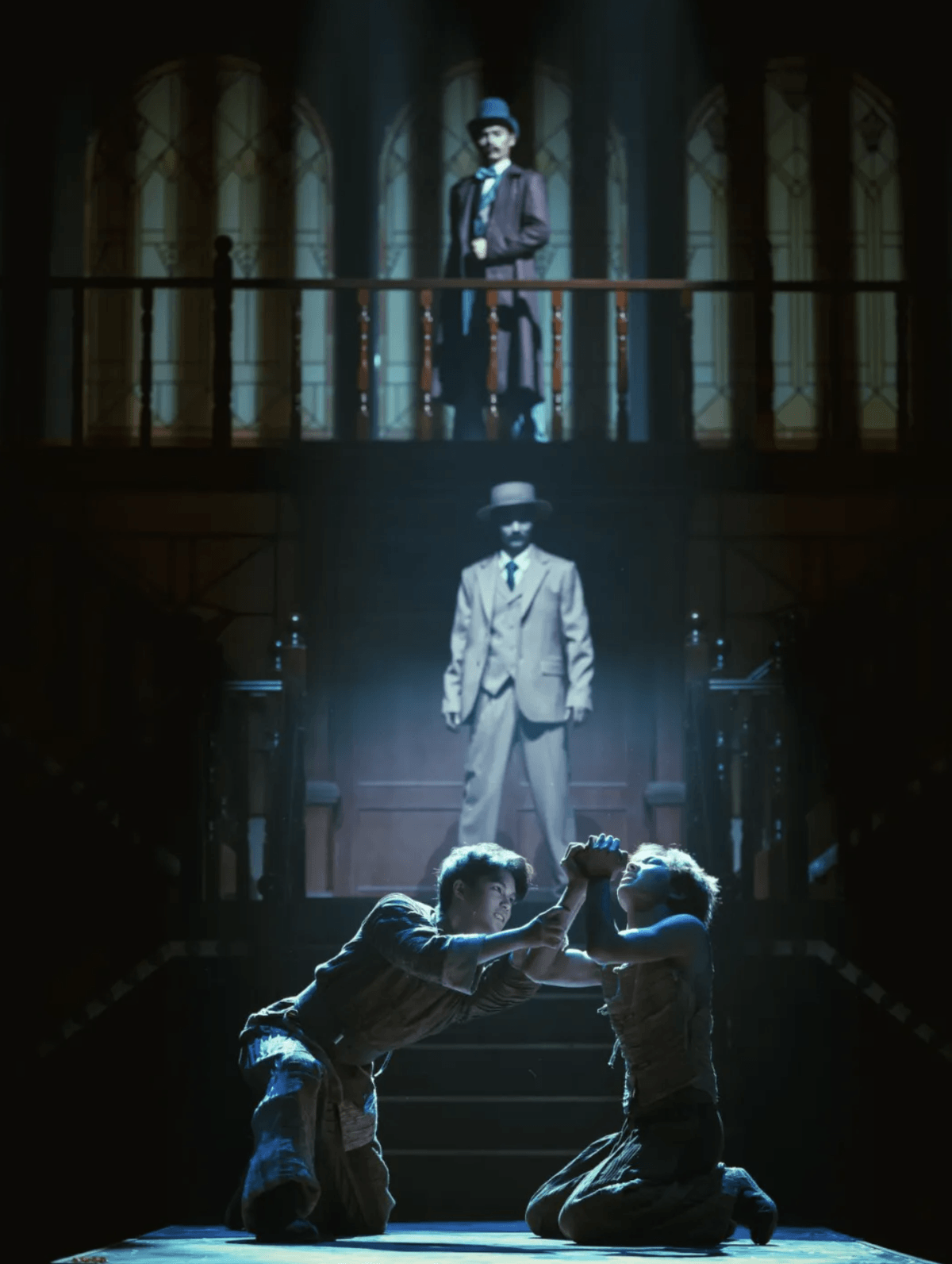
In the afternoon, I attended a Cantonese opera performance at the Chang'e Theater. Even though I couldn't understand the language, the elaborate costumes, beautiful music, and expressive movements transcended cultural barriers. I also had the chance to watch a lion dance, which was both energetic and mesmerizing.
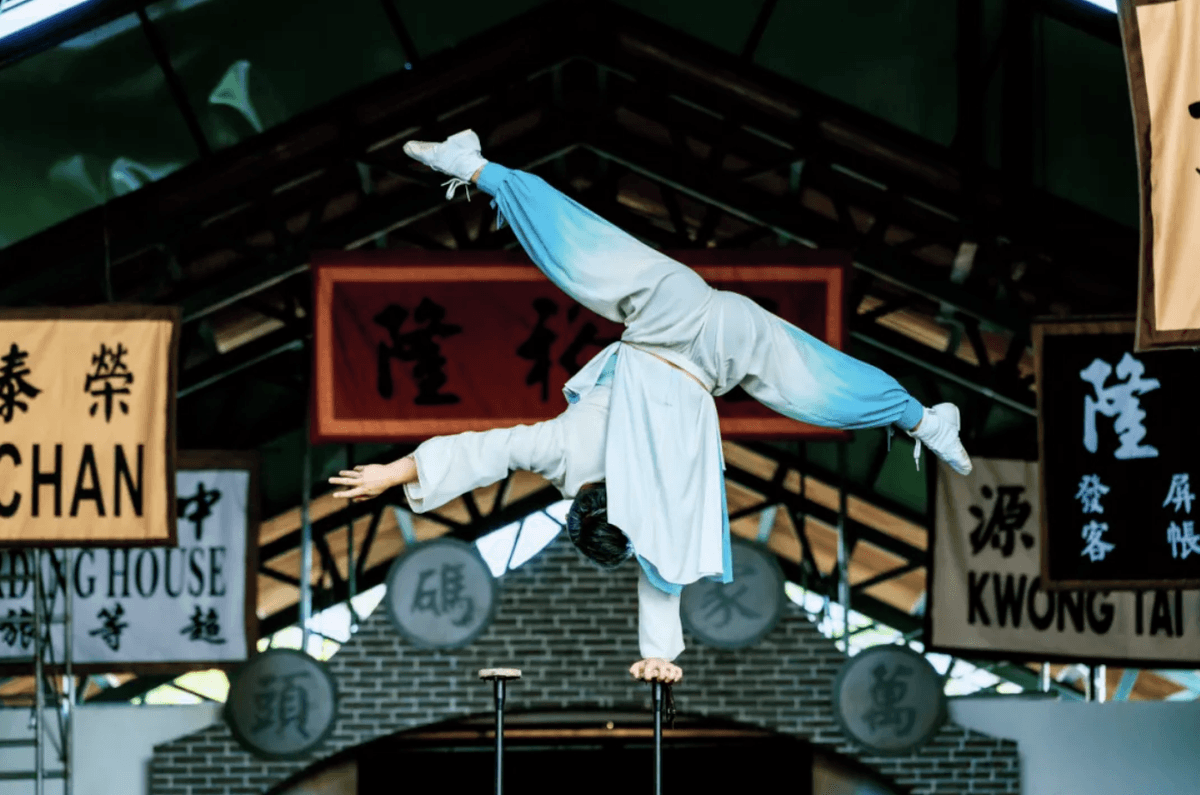
Culinary Delights
No visit to Chikan would be complete without sampling the local cuisine. I started my day with a traditional Cantonese breakfast of clay pot rice and duck congee at a small family-owned restaurant. The clay pot rice, cooked over an open fire, had a perfect crispy bottom and was filled with fragrant Chinese sausage and fresh vegetables.
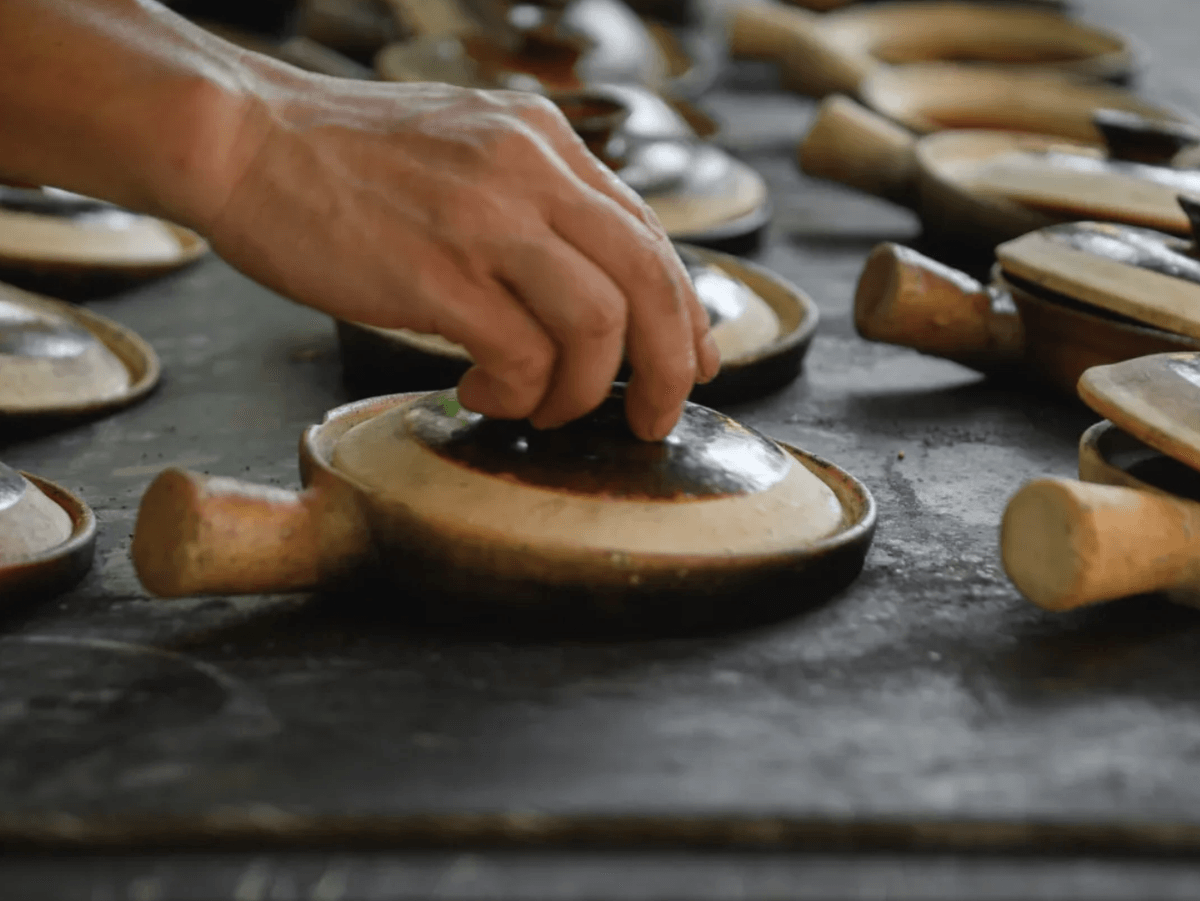
For lunch, I tried the famous yellow eel rice, a specialty of the region. The delicate flavor of the eel combined with the fragrant rice was absolutely delicious. I also sampled tofu corners, a local snack made with fresh tofu and minced fish that was both crispy and tender.
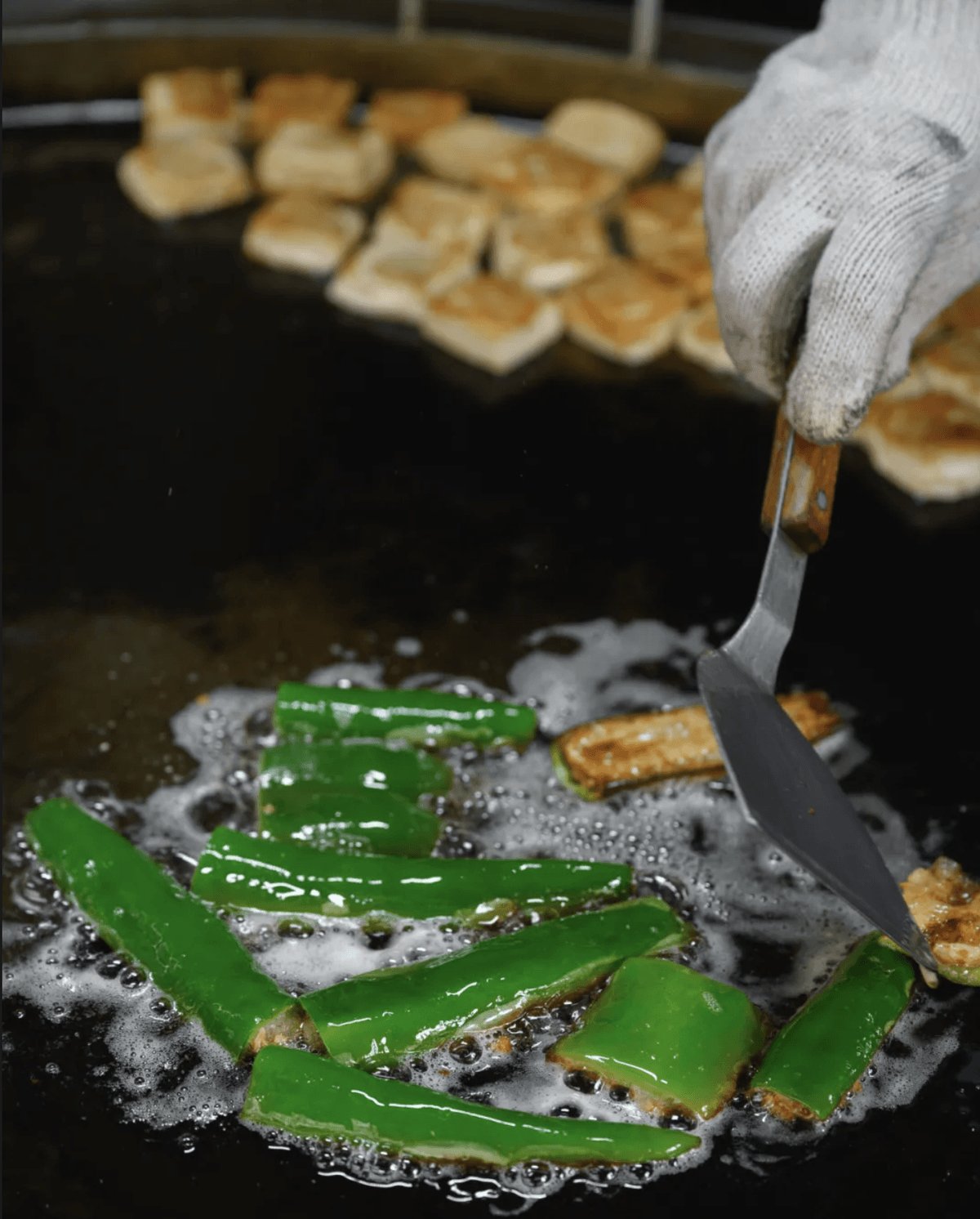
In the evening, I wandered through the night market along the Tan River, where I tasted various street foods and enjoyed the lively atmosphere. The sweet potato 糖水 and 艾糍 (mugwort cakes) were perfect endings to a day of culinary exploration.
Reflections at Sunset
As the sun began to set, I took a boat ride along the Tan River. From the water, I gained a new perspective on the town's layout and architecture. The qilou buildings reflected beautifully in the calm waters, creating a magical scene that looked like something out of a painting.
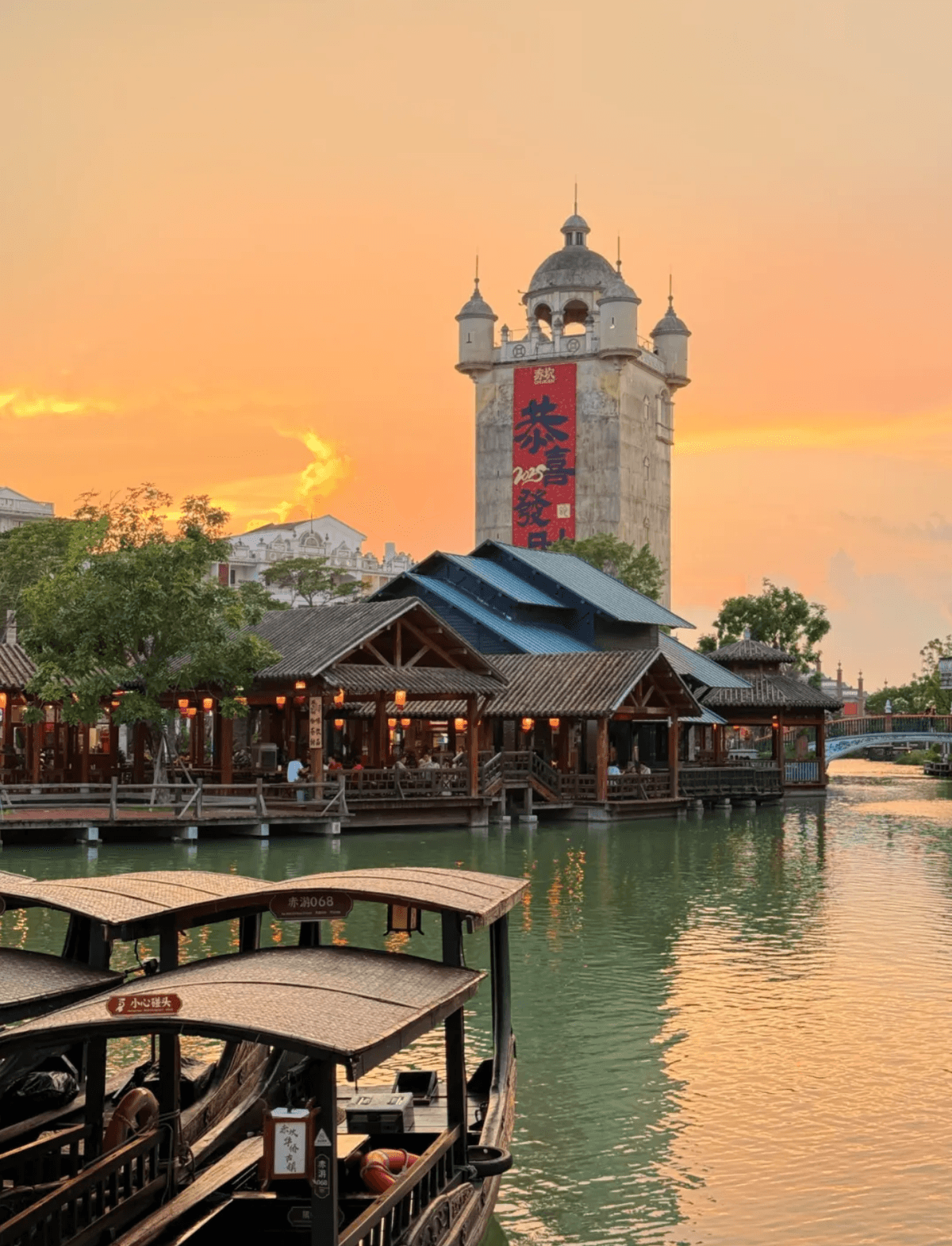
Sitting on the boat, I couldn't help but think about the incredible journey of the overseas Chinese who built this town. They left their homeland seeking better opportunities, worked tirelessly in foreign lands, and then returned to create something truly magnificent – a town that bridges cultures and tells the story of their resilience and creativity.
Modern-Day Magic
What surprised me most about Chikan was how well it has preserved its historical character while embracing modernity. The town offers various contemporary experiences like light shows, immersive performances, and even a rooftop pool at the Meitang Hotel, where I stayed overnight.
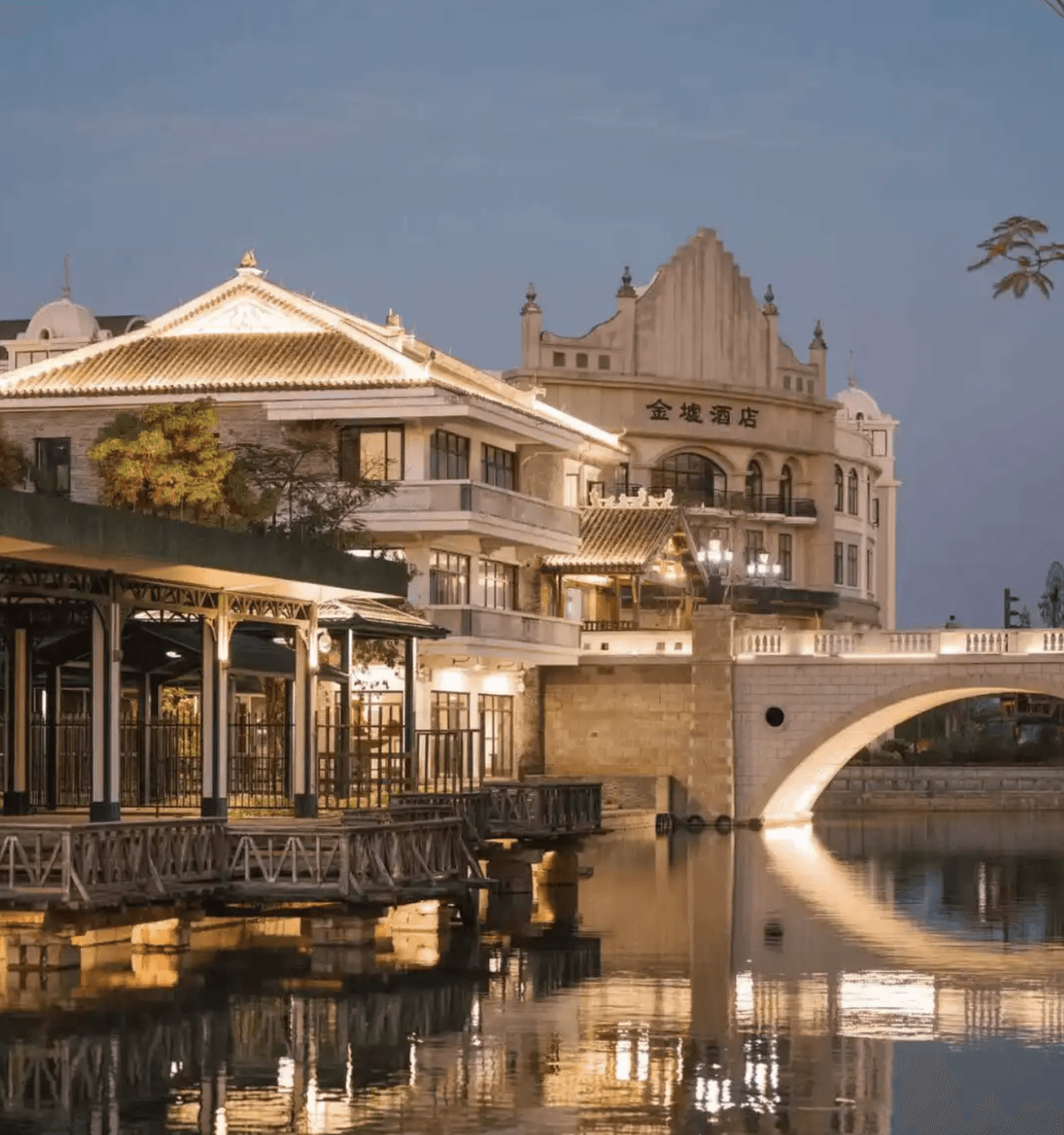
The hotel itself was a beautiful conversion of a historic qilou building, featuring vintage tiles, crystal chandeliers, and modern amenities. Staying there allowed me to experience the charm of living in a traditional Chinese building while enjoying all the comforts of modern life.

Final Thoughts
As I prepared to leave Chikan, I felt a sense of sadness. This town had touched my heart in ways I hadn't expected. It wasn't just the beautiful architecture or delicious food that made my visit so memorable – it was the stories of the people, the rich cultural heritage, and the perfect harmony between East and West.
Chikan Ancient Town is more than just a tourist destination; it's a living museum that preserves the legacy of the overseas Chinese and their contributions to both Chinese and global culture. It's a place where history comes alive, and where visitors can gain a deeper understanding of the complex and fascinating story of Chinese migration.
I left Chikan with a newfound appreciation for the courage and vision of those early overseas Chinese pioneers. Their legacy lives on in these beautiful buildings, in the local traditions, and in the warm hospitality of the people who call this special place home.
If you ever find yourself in Guangdong province, I highly recommend taking the time to visit Chikan. It's a journey through time that you'll never forget.

